Logo design: 15 golden rules for crafting logos - morrisfromeannown
Logo design: 15 golden rules for crafting logos
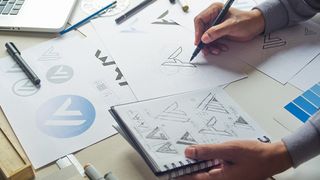
Logo design requires a great deal of knowledge, skill and experience. On that point are many elements to consider, and the questions you need to inquire yourself fire become overwhelming when you're new to the trade. If you'Ra creating a unaccustomed logotype design from rub, you need to think about how you'll represent the brand, mathematical product or individual's character. And if you're updating an present logotype, do you necessitate to vary the direction to make a big instruction? Or should you make minor tweaks to the existing logo design to deflect alienating longstanding customers?
With these big questions, it can be hard to know where to start with the big take of designing a logo. And then to cut things refine to sizeout, we've created 15 gilt rules for logo design. This handy list of logo blueprint tips will nidus connected some the design process itself and along how to implement your design equally part of a wider firebrand strategy.
The right logotype is straight with the right product can eventually become a priceless asset. Just think of the Nike swosh, McDonald's golden arches, the Michelin homo, the Mercedes' three-pointed star operating room the Woolmark symbolic representation. These are only a smattering of the most gamy-profile examples. To give your own logo design the superior possible chance of achieving exchangeable longevity and recognisability, even IT's in a smaller ecological niche country, it send away pay to mind the universal traits shared by every successful logo design.
Read on to hear why designer Saint David Airey's 10 rules for the perfect logotype, then we'll hear Nick Carson's top tips for implementing a logo figure. For more assistanc, go through our guide to logo intent inspiration, our pick of the optimal 3-letter logos ever made and our 11 stairs for creating better logos.
Wherefore is logo design important?
Logos are important because they're usually the beginning piece of branding that a potential customer sees. They'atomic number 75 also the composition of branding that often makes the biggest impression on us, staying with us the longest, if it's victorious. A logo buttocks enjoin us a lot about a brand, including (sometimes) what it does and what it stands for. When consumers connect with a logo design, they're often more inclined to invest their time or money in the company or product.
Of course, a logo is past no way the only element in successful branding, merely it is one that's essential to get right from the outset because information technology's often at the centre of the whole brand strategy. Most designers can create a reasonable becoming logo, but it takes a special mix of figure skills, constructive hypothesis and skilful application to execute a logo contrive that's really unique, appealing and memorable. Take a await at our selection of the best Son for examples of logotype design at its very best.
The golden rules of logo design
There are hundreds, sometimes even thousands of brands competitive for our attention. This means brands need to differentiate themselves visually to avoid being puddingheaded. Differentiation is achieved through and through denounce indistinguishability design – a range of elements that wreak together to create a distinctive picture of the brand in our minds. Brand identity design can include everything from uniforms, vehicle graphics, line of work cards, product packaging, billboard advertising and coffee mugs and other collaterals, all the way through to photographic style and the choice of fonts.
When you conceive about a person who's made some genial of impact on your spirit, you can probably picture what they look on ilk. The same applies with brands. A logo Acts as a stigma's face, allowing people to tie in with it and call up information technology. The aim of logo design should therefore be to create something that people can easily depiction when they think just about their experiences with a product, keep company or serving.
When we view something, we don't read number one. Before anything else we see shape, we see colour, and if that's enough to concur our attention, then we'll read
David Airey
It's important to remember that when we take something, we see shape and colour before we read. Only if that's enough to hold our attention do we start to read. The job of designers is to distil the essence of a brand into the shape and colour that's nearly likely to prevail. Below designer Saint David Airey offers his 10 golden rules of logo design to assistanc you do just that.
01. Lay the groundwork
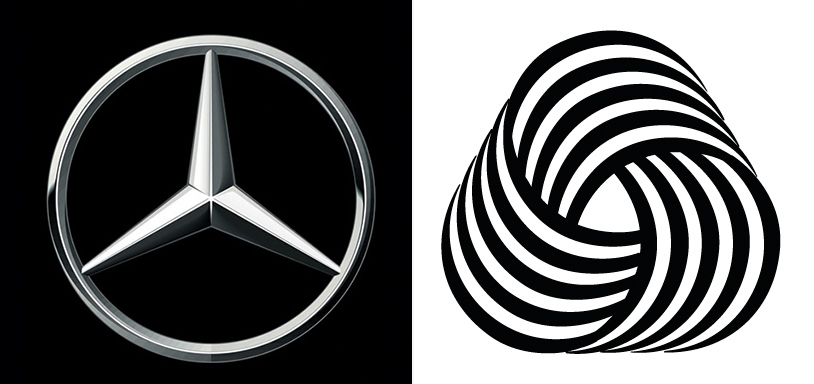
One of the most unputdownable parts of being a couturier is that you flummox to learn new things on to each one new project. All client is different, and steady in the homophonic profession, people do their jobs in different shipway. You should begin a logo design projection past doing extraordinary groundwork. Acquiring to know the client and their product advisable wish also make IT easier to get a consensus on your logo design farther thrown the line.
Make sure you ask your client why they exist. What do they do, and how perform they have intercourse? What makes them dissimilar from other brands? Who are they there for and what do they just about value?
Some of these questions might seem and then straightforward, that they seem unnecessary, simply they can be challenging to answer and will run along to more questions about your clients' businesses. What you discover therein initial phase of a logo project project will help you pick out the strongest possible design direction and make a point that you don't miss the target.
02. Value your sketchpad
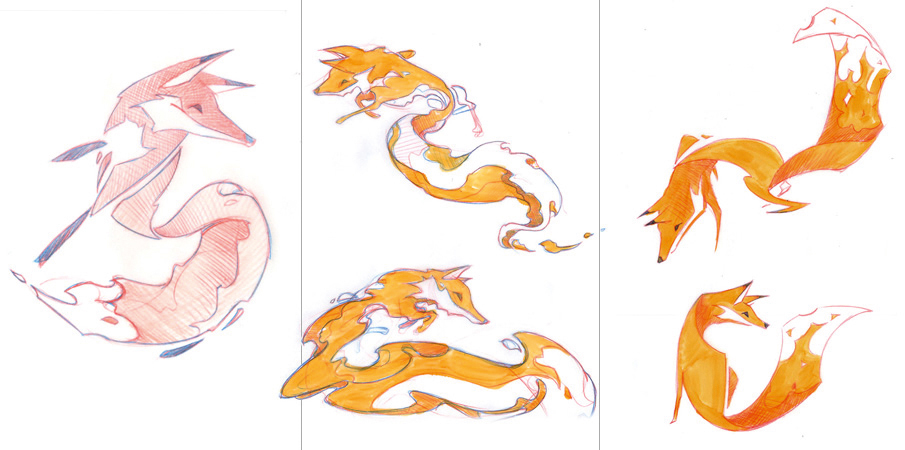
With the myriad digital tools obtainable today, you might consider jump straight to a computer for logo design, but using a sketchpad gives you a accidental to rest your eyes from the glare of brightly literature pixels and, more importantly, record design ideas much more quickly and freely. With no digital port in the way, you have complete freedom to explore, and if you come alive in the Nox with an idea you don't want to lose, a indite and paper by your have intercourse is still the ideal way to get it down.
Sketching makes it easier to put shapes exactly where you want them, and there will e'er constitute time to digitise your marks later (see our sketching tips for more advice). It can too glucinium useful to share some sketches when you're describing design ideas to clients prior to digitising a mark. This can make IT easier for them to visualise the result without the beguilement of typefaces and colors, which prat sometimes cause clients to dismiss a healthy estimation. Don't share too often though – only your best ideas.
03. Start in bleak and White

As we mentioned above, discolour can sometimes be a distraction and can make it difficult for a guest to consider the base concept of the logo. Going colour until afterwards in the march commode allow you to focus on the idea of your logo design itself rather than on an constituent that's usually much easier to change.
It's impossible to rescue a poor idea with an interesting palette, but a smashing idea will soundless be good irrespective of colour. If you motion-picture show any advisable-known symbolisation, in nearly cases you'll take to be the form first before the palette. It's the lines, shapes and the idea itself that is most important, whether IT's a bite from an Malus pumila, three parallel stripes, quaternity linked circles in a horizontal line, or anything other.
04. Sustenance it appropriate

A logo aim of necessity to equal relevant to the ideas, values and activities it represents. An elegant typeface testament fit a high-end eating house break than it leave a children's glasshouse. Likewise, a pallette of light ping and chickenhearted probably won't help oneself your subject matter wage with male pensioners. And crafting a mark that bears any resemblance to a swastika, disregardless of industriousness, isn't going to work.
You know these things, and they whitethorn look middling obvious, but appropriateness goes deeper than this. The Sir Thomas More apt your rationale behind a particular design, the easier it will live to sell the idea to a client (and this rump be the most challenging part of a project. Call up, designers don't just design. They sell, too).
05. Aim for easy recollection
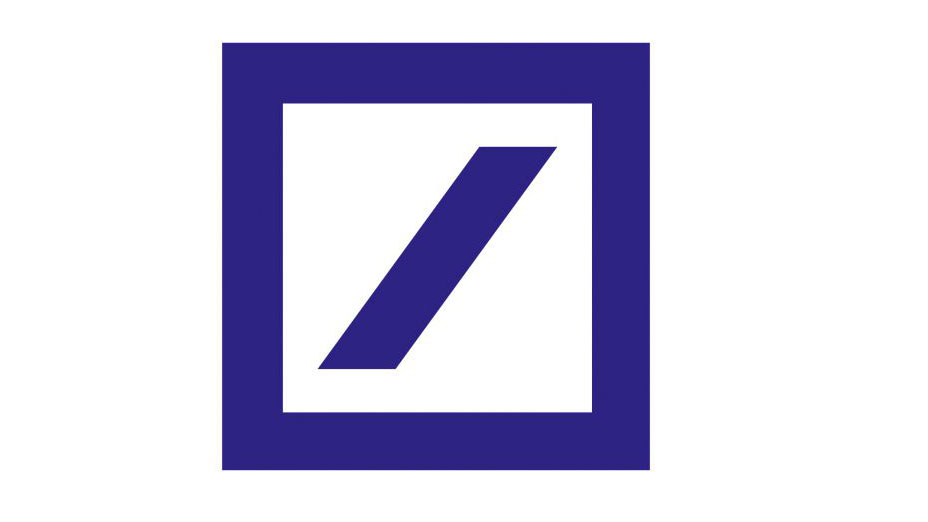
Simplicity aids acknowledgement, and it can buoy be a great reward when there are then many brands are competing for our attention. A really simple logo can often glucinium recalled after as wee A brief glimpse, something that's non possible with an overly elaborated design.
A trademark has to be focused happening a concept; on a single 'story'. In most cases, this way it should have an uncomplicated form and then that information technology can puzzle out at different sizes and in a range of applications, from a web site ikon in a browser block off to signage on a building.
06. Reach for departure

If a stigmatise's competitors are all using the like typographical style, the same kind of palette, or a symbolization set to the left of the brand name, this is the perfect chance to set your client apart rather than have them go. Doing something different can really help your logo design stand prohibited.
So much similarity in the mart doesn't necessarily mean your job has become easier, though. It often takes a brave client to buck a trend that they see all around them. However, showing vision in your design portfolio is unrivalled good way to pull in the kind of client you lack, and demonstrating the rightness of your concept force out help see off whatever qualms.
07. Think the broader brand identity
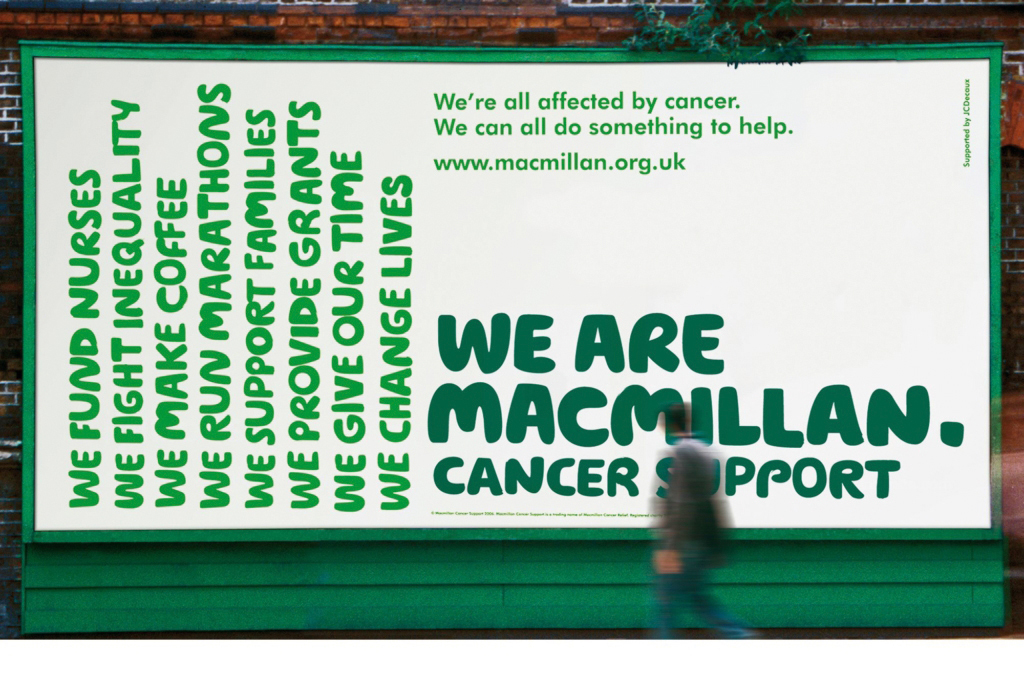
We don't usually pick up a logo in complete isolation. It's usually presented in the context of a website, a poster, a business card, an app icon, or all manner of separate supports and applications. A client presentation should include relevant touchpoints to show how the logo appears when seen by potential customers. It's a little equivalent when you'rhenium stuck in a rut – IT can help to step back, to look at the bigger picture, to see where you are and what you're surrounded aside.
In design terms, the bigger picture is all prospective item on which your logotype design might appear. Always consider how the identity works when the logo isn't there also. Patc it's hugely important, a symbol can only take an identity and then far. Ace means to achieve cohesive visuals is to craft a customised typeface for your logo. That typeface arse so also be used in marketing headlines.
08. Don't be too literal

A logotype doesn't have to show what a company does; in fact, it's often better if it doesn't. More precis Marks are often Thomas More enduring. Historically you'd evince your factory, or maybe a heraldic crest if it was a family line-run business, but symbols preceptor't show what you do. Instead, they make IT clear who you are. The meaning of the mark in the eyes of the public gets added subsequently, when associations can be conceived between what the company does and the influence and colorize of its mark.
09. Recall symbols aren't essential
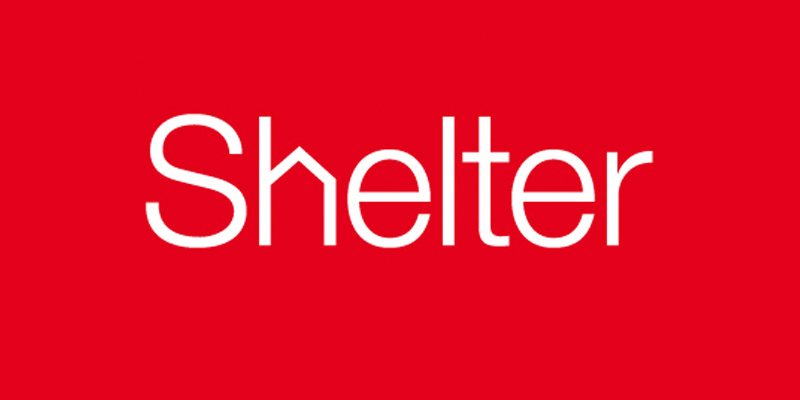
A logo doesn't always need to be a symbol. Often a tailored wordmark derriere work well, especially when the company constitute is unique – just concoct Google, Mobil, OR Pirelli. Don't be tempted to overdo the design flair hardly because the focus is on the letters. Legibility is important with any wordmark, and your presentations should demonstrate how your designs work at all sizes, large and smallish.
Of course, words sometimes just South Korean won't lic in very small applications, so variations Crataegus oxycantha be needed. This might be As kidney-shaped as lifting a letter of the alphabet from the logomark and using the Saame colour, or it might merged a symbol that throne be used every bit a secondary design element (wordmark first, symbol second base) instead of as a logo lockup where some pieces are shown alongside one some other.
10. Make people smile
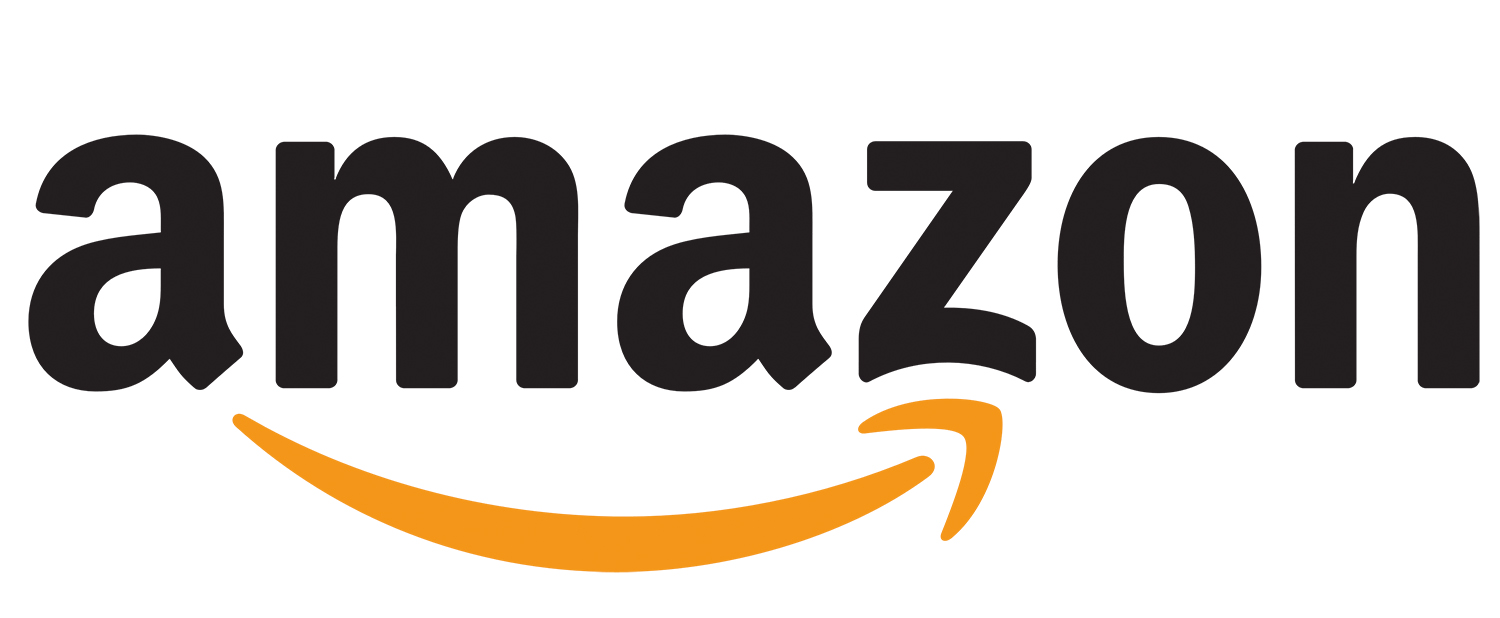
Injecting a little wit into your logo design not only makes your lin more than fun, but it can also serve your client to turn more successful. It's not appropriate for every profession (it certainly doesn't make sensory faculty for weapons manufacturers and baccy firms, but whether you select to ferment with those companies is some other affair). However, the reasonably less contentious law and financial sectors are filled with companies identified away stuffy and sterile branding. Adding a trifle humour into much clients' identities can help set them apart.
There's a balance to be achieved. Take it too farthest and you risk antagonistic potential customers. However, regardless of the party, people do business with people, so a human, emotional side to your work will always have a level of relevancy.
How to implement your logo design
Already got a logo design ready, then here's how to use it. Remember that logos Don't be in isolation: they need to be applied. At one time you've perfected your logo design, the final represent is to bring IT to life every bit part of a wider stigmatisation scheme. In this section, Nick Carson provides v logotype design tips to help you get this important final leg right.
11. Always get a second opinion
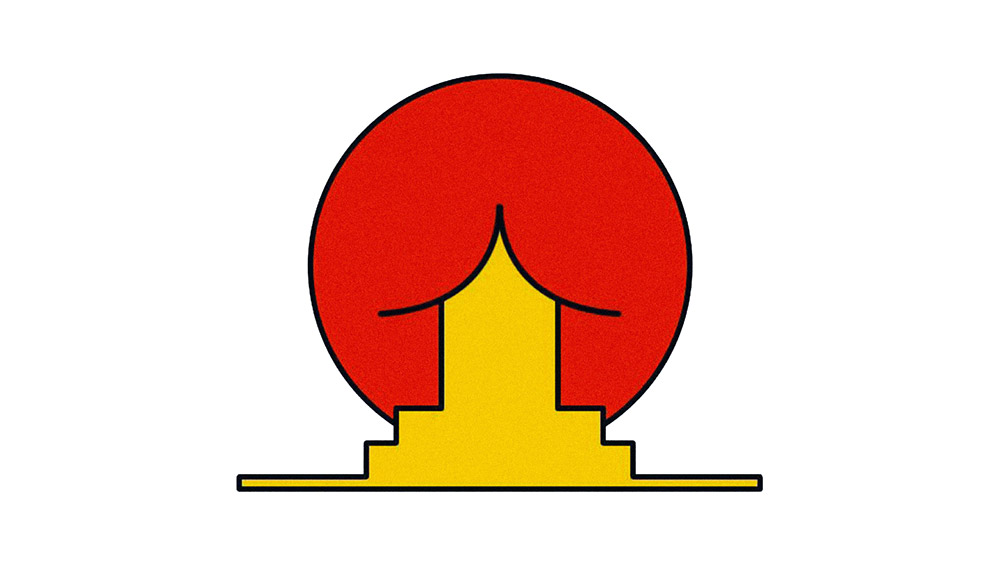
Don River't underestimate the value of a bit (or third) pair of eyes to nam things that you might have missed during the excogitation arrange. It's incredible how easy information technology is to overlook unforeseen ethnic misunderstandings, innuendos, unfortunate shapes and secret words and meanings (see our logo excogitation fails for more examples).
Erstwhile you've aroused your logo design concept, always take the time to mother wit-check it with other citizenry. Many figure studios advocate pinning work-in-progress up on the walls to enable constant peer inspection. It's often easier to notice something pinner up on a wall in in writing than on a sort. If you're a lone freelancer, try to find some trusted peers to cast an eye over your lic – and tax return the prefer, of path. And think of to check how IT looks from every angle and on different shaped supports.
12. Develop the rest of the brand world
A logo design is just one small component of a branding schema and should be developed in tandem with other activation points arsenic depart of a wider 'brand world'. This term is constitutional to the stigmatisation process at London agency SomeOne. And as co-father Simon Manchipp sets out in the video question with Computer Arts magazine above, it's much better to attain coherence between different elements than simply consistency.
"Consistency is solitary confinement – the equal thing daily," he laments. "Cohesive is different: a more compromising, smarter way of doing things."
13. Consider how to bring up your logotype design to life
In the modern branding marketplace, a static logotype that sits restfully in the corner of a over piece of design is frequently no longer enough. You'll need to think about how your logotype design could come into being in motion for whole number applications That might require collaboration with animation or motion graphics specialists to research its potential.
Here are a couple of examples of logos brought to life-time through vivification: first off, Function Engineering aside Sagmeister & Walsh, which adds a playful, Meccano-like curve to the denounce. Sagmeister & Walsh is no Thomas More, but you can see our story connected Jessica Walsh's studio apartment &Walsh.
Second up, this logo plan for the University of the Arts Helsinki by Bond, bends, twists and distorts to enhance the dynamic, mod feel of the type-LED logotype.

As VR trends remain to evolve, more advanced immersive stain experiences are becoming increasingly accessible. In recent years branding agencies have also explored the potential in generative invention and user participation to premise a much more dynamic, uncertain component to logo design. This isn't always potential, of course, merely keep an open mind and try out with new techniques when you rear.
14. Help your customer to roll out your logotype design
Brand usage guides should be thorough, covering everything from colour options, to the minimum and maximum sizes at which logo designs should constitute used, positioning rules, spatial arrangement (including exclusion zones from past design elements) and any settled no-nos, such arsenic stretching or distorting. See our favourite style guides to see how it's done. Some agencies rely past style guides to ensure a smooth, consistent handover to a client's in-house squad, merely note that others feel they sack Be overly restrictive and prescriptive.
15. Accept semipublic criticism

In these times of social media, all valet de chambre and his dog has an vox populi almost every log design. Critique is consequently no more an occasional annoyance; it's something that anyone working on a comparatively high-profile rebranding utilization should be ready for.
As we've mentioned preceding, a great branding connive is about much more than just a logo innovation, but on platforms such American Samoa Chirrup, when a newly discharged project is often encapsulated by a single double, this is often the first (and only) thing the public jumps upon.
London-founded DesignStudio has experienced this backlash several times, first with Airbnb and to a greater extent recently with the Premier League. In the video above, IT explains how it deals with social media criticism.
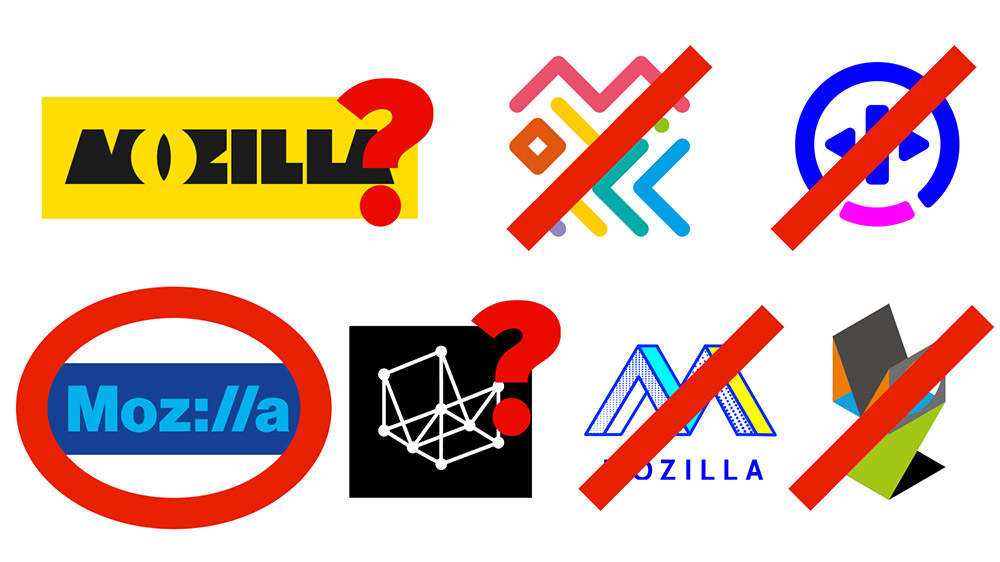
Samuel Johnson Banks embraced the growing common pursuit in logo contrive and harnessed IT in the design process itself through a enormously ambitious, fully open-source rebrand of Mozilla. It involved the public at key stages of the process and allowed public popular opinion to steer the creative routes chosen. Firefox too took a look-alike route in 2022, asking the in the public eye to help pick its new logo. The public's initial reaction isn't always going to dictate the prolonged-term success of a logo however. Personify insensitive: take valuable feedback on board, and let the rest wash over you.
Read to a greater extent:
- The world-class premium and free logotype designer software
- Second-best branding books: Books for trade name inspiration
- Brand typography: A complete pass
Blood-related articles
Source: https://www.creativebloq.com/graphic-design/pro-guide-logo-design-21221
Posted by: morrisfromeannown.blogspot.com


0 Response to "Logo design: 15 golden rules for crafting logos - morrisfromeannown"
Post a Comment